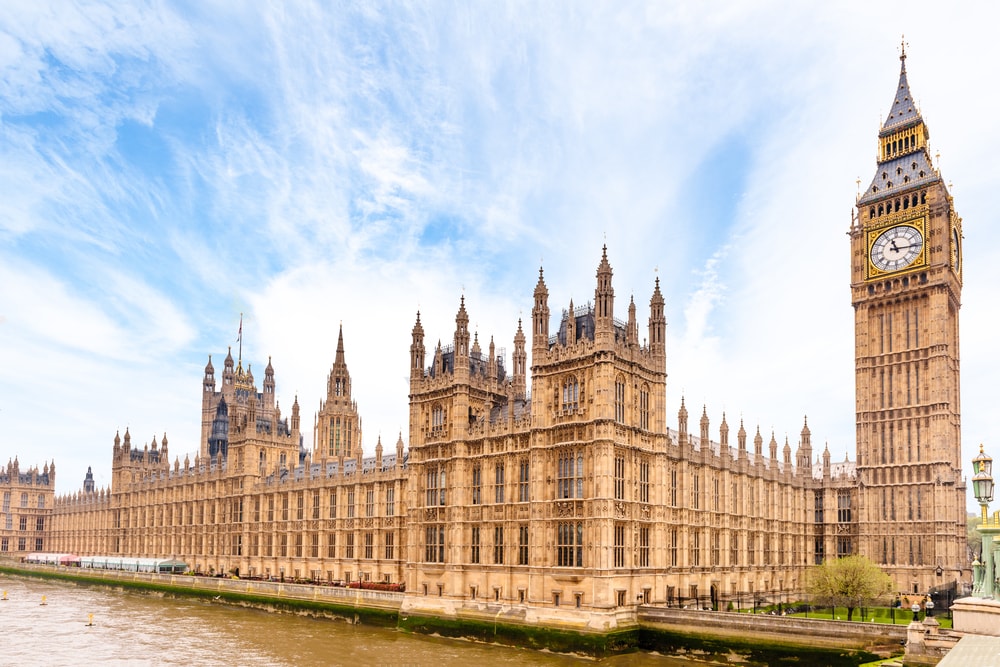Although a decision to accelerate rises in the state pension age (SPA) was delayed ahead of the election, Fidelity International has warned that it will need to be dealt with "imminently” by the new government.
The SPA currently stands at age 66 for both men and women, with the government legislating for an increase from age 66 to 67 in 2026-28 and to 68 by 2044-46.
Whilst the 2022 review recommended a slower increase to 68 in 2041-43, also mooting a possible rise to 69 in 2046-48, the government at the time delayed the decision, promising to hold another review within two years of the next parliament.
Given this, Fidelity International director, Andrew Oxlade, said that the timing of the rise to 68 is in doubt, warning that "the plans may change", particularly given the sensitivities that can surround SPA changes.
"Retirement age changes are unavoidably emotive. It is surprising, in fact, that legislation in the UK has been passed to increase the age in recent decades with little backlash," he continued.
"Consider, for instance, the violent pensions protests that have repeatedly erupted in France and the Russian demonstrations of 2018."
However, Oxlade acknowledged that various think tanks have warned about the unaffordability of the state pension, with analysis from the International Longevity Centre (ILC) suggesting that the SPA would have to rise to 70 or 71 by 2050 to remain affordable.
In its report, the ILC warned that “widening demographic imbalances” would “heap” pressure on government finances, suggesting that younger people lack the savings and assets their parents and grandparents had.
In particular, the ILC found that, in 2010, those under 40 held just £7.53 of every £100 of wealth, while over the past decade this has fallen “significantly” to £3.98.
An ageing population has also had an impact, as Oxlade acknowledged that “while longer lifespans are something to celebrate, they come with additional state costs”.
“The triple lock is a further complication,” he continued. “It guarantees a minimum rise of 2.5 per cent each year or the higher of inflation or wages.
“As a result, state pension payments have grown relatively quickly over the past decade. The bulge in Baby Boomers reaching retirement further increases the cost pressure.”
Indeed, Oxlade pointed out that estimates from the Office for Budget Responsibility suggest that the cost of the state pension as a percentage of gross domestic product will rise from 4.8 per cent to 8.1 per cent by 2071.
However, he emphasised that a key aim when setting the state pension age is the need to keep state pension costs below 6 per cent, a level it would breach somewhere in the late 2040s.
He suggested that the primary ways to mitigate this are either slower rises in the state pension, which would involve “watering down” or “abandoning” the triple lock, or to increase the age of state pension eligibility.
Latest News
-
Political consensus set to be key challenge for Pensions Commission
-
De-risking remains dominant theme for DB despite growing interest in run-on
-
DB schemes warned against ‘tick-box’ climate transition plans amid investment risk concerns
-
DB schemes at crossroads as surplus distribution and data challenges dominate strategy
-
TfL Pension Fund raises ESG allocation to 15.9% after exceeding net-zero target
-
Pension discussions with family and friends remain rare
Private markets – a growing presence within UK DC
Laura Blows discusses the role of private market investment within DC schemes with Aviva Director of Investments, Maiyuresh Rajah
The DB pension landscape
Pensions Age speaks to BlackRock managing director and head of its DB relationship management team, Andrew Reid, about the DB pensions landscape
Podcast: From pension pot to flexible income for life

Podcast: Who matters most in pensions?

In the latest Pensions Age podcast, Francesca Fabrizi speaks to Capita Pension Solutions global practice leader & chief revenue officer, Stuart Heatley, about who matters most in pensions and how to best meet their needs
© 2019 Perspective Publishing Privacy & Cookies











Recent Stories